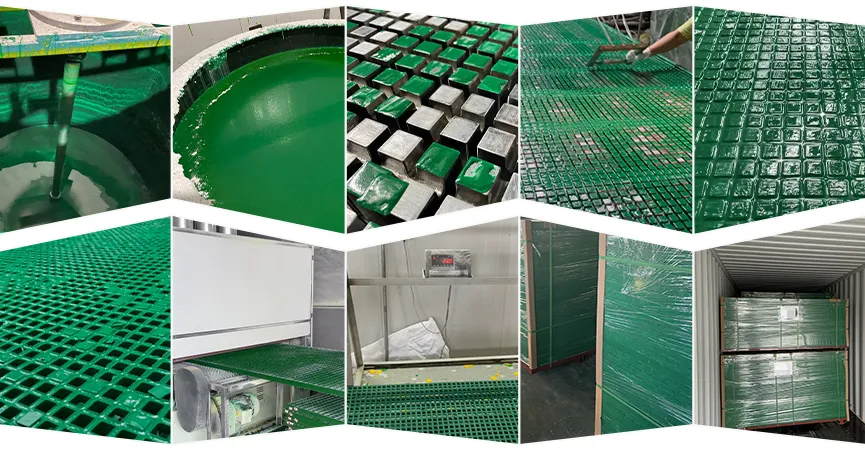loading...
- No. 9, Xingyuan South Street, Dongwaihuan Road, Zaoqiang County, Hengshui, Hebei, China
- admin@zjcomposites.com
- +86 15097380338
- Welcome to visit our website!
well water treatment
Well Water Treatment Ensuring Safe Drinking Water
Access to clean and safe drinking water is a fundamental necessity for human health and well-being. For many rural and semi-urban areas, private wells are a primary source of water. However, the quality of well water can vary significantly based on several factors, including geological conditions, industrial activities, agricultural practices, and overall environmental health. Hence, well water treatment is crucial for ensuring that it is safe for consumption and meets public health standards.
Understanding Well Water Contaminants
Well water can be contaminated by a range of substances. The most common contaminants include bacteria, nitrates, heavy metals, and chemical pollutants. Microbial contaminants, such as E. coli, can originate from fecal matter and pose a severe health risk. Nitrates, often from fertilizers, can lead to methemoglobinemia or blue baby syndrome in infants. Heavy metals like lead, arsenic, and mercury can seep into groundwater from industrial processes or natural sources, leading to long-term health issues. Additionally, pesticides and herbicides used in agriculture can infiltrate water supplies, posing further risks.
Testing Well Water
Before implementing a treatment system, it is essential to test well water regularly. Homeowners should conduct comprehensive water testing at least once a year or after significant rainfall, flooding, or changes in water quality. This testing will assess the presence of pathogens, chemical contaminants, pH levels, and other significant parameters. Local health departments or certified laboratories can provide testing kits and guidelines.
Treatment Methods for Well Water
There are several well water treatment methods available, depending on the specific contaminants present
1. Filtration Systems These systems can effectively remove physical sediments and some solubles. Common types include activated carbon filters, which can reduce chlorine, volatile organic compounds (VOCs), and unpleasant tastes or odors.
well water treatment

2. Reverse Osmosis (RO) RO systems utilize a semi-permeable membrane to remove a wide range of contaminants, including dissolved solids, heavy metals, and certain microbes. This method is particularly effective for households requiring stringent water purification.
3. UV Treatment Ultraviolet (UV) disinfection employs UV light to eliminate bacteria, viruses, and other microorganisms without using harmful chemicals. It is an effective solution for treating clear water but does not remove chemical contaminants.
4. Water Softeners If hard water is a concern, which is caused by high concentrations of calcium and magnesium, water softeners can prevent scale buildup in plumbing and appliances while improving water quality.
5. Chlorination For bacterial contamination, chlorination can be effective in disinfecting water. This method involves adding chlorine to destroy pathogens, but it requires careful handling and monitoring to maintain safe levels.
Maintenance and Sustainability
After installing a treatment system, proper maintenance is crucial for ensuring its effectiveness. Regular checks, filter replacements, and system calibrations are necessary. Additionally, homeowners should keep records of testing results and treatment maintenance to monitor changes over time.
Sustainability is an essential consideration in well water treatment. Individuals should be alerted to potential contamination sources, such as improper disposal of household chemicals, proximity to septic systems, and agricultural runoff. Implementing conservation measures, such as rainwater harvesting and the responsible use of fertilizers, can minimize adverse effects on well water quality.
Conclusion
Well water treatment is vital for safeguarding public health and ensuring access to safe drinking water. The complexities associated with well water quality necessitate vigilant testing, effective treatment methods, and ongoing maintenance. As more people rely on private wells, understanding the importance of treating and maintaining water quality becomes increasingly essential. By taking proactive measures, individuals can secure a safe water supply for themselves and future generations, promoting better health and quality of life.
-
The Rise of FRP Profiles: Strong, Lightweight, and Built to LastNewsJul.14,2025
-
SMC Panel Tanks: A Modern Water Storage Solution for All EnvironmentsNewsJul.14,2025
-
GRP Grating: A Modern Solution for Safe and Durable Access SystemsNewsJul.14,2025
-
Galvanized Steel Water Tanks: Durable, Reliable, and Ready for UseNewsJul.14,2025
-
FRP Mini Mesh Grating: The Safer, Smarter Flooring SolutionNewsJul.14,2025
-
Exploring FRP Vessels: Durable Solutions for Modern Fluid HandlingNewsJul.14,2025
-
GRP Structures: The Future of Lightweight, High-Performance EngineeringNewsJun.20,2025
